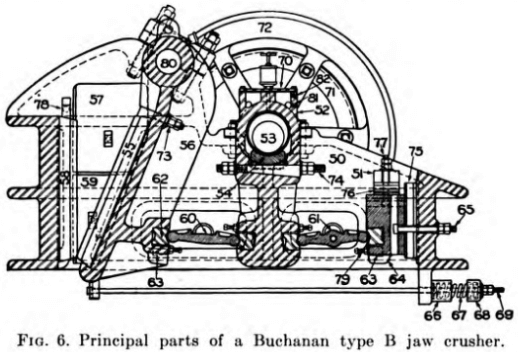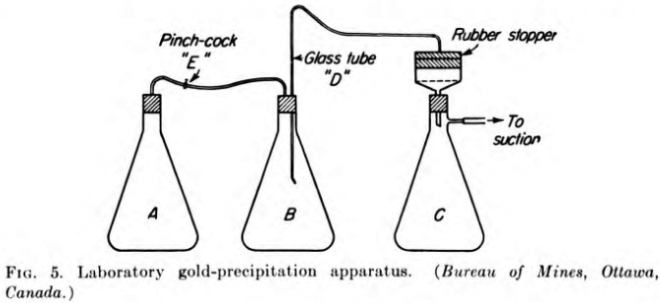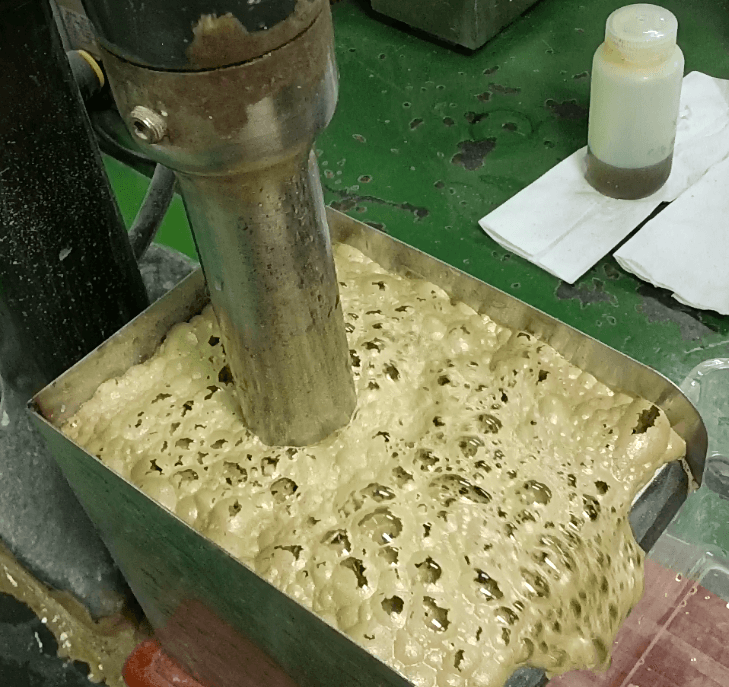Leaching of Clay Ore

To solve the problem of treating and leaching a clay ore in which the gold was finely disseminated, the author was able to suggest a unique method which he had seen described twenty-five years previously in a paper, “Occurrence and Treatment of Gold Ore at Bidi, Sarawak, Borneo,” by T. C. Scrutton, which appeared in […]
Ore Sorting & Pre-Concentration

Ore Sorting helps the economics of mining when ore becomes diluted by country rock because of narrow slopes or because of weak wall rock, or when it naturally contains barren material which is distinguishable from the ore, sorting and rejecting the worthless rock may be economical. This is done in a casual manner at some […]
Crushing & Screening Plant

Methods used in Crushing & Screening Plants on ore range from a simple combination of a grizzly and one crusher to an elaborate arrangement in series of grizzly, jaw crusher, screens, and rolls or cone crushers. Crushing is done underground at a few large mines. In general, the jaw crusher is the most suitable primary machine, yet […]
Gold Precipitation Test

The following method of testing the precipitation of gold in pregnant cyanide solutions has been adopted by the Ore Dressing and Metallurgical Laboratories, Bureau of Mines, Ottawa. The apparatus consists of three Erlenmeyer flasks of 3000-cc capacity (see Fig. 5). Flask A is for evacuation of air from the pregnant solution, flask B is for precipitation, and […]
Heap Leach Amenability Test

In cases where fine grinding is not necessary to liberate the gold values, it is often possible to classify the coarsely ground ore into a sand and slime product (at, say, about 200 mesh) treat the former by so-called percolation leaching and the latter by the agitation method that has been described above. This is […]
Gold Leaching : Methods and Uses in Mineral Processing

The following gold leaching test procedure has been found satisfactory for carrying out cyanide leaching tests by agitation. Winchester bottles of about 2.5- to 4-liter capacity are used. It is convenient to number the bottles and determine their tares, etching the figures on the bottle by means of hydrofluoric acid and then marking over the etching […]
Gold Flotation Tests

The first gold flotation testing should be confined to an all-flotation method so that the experimenter can become familiar with the ore. Careful observation, coupled with experience in testing, will enable the operator to interpret the various phenomena. It is desirable that he shall have had practical operating experience so that he may know the […]
Prepare Gold Ore Sample for Laboratory Testing
Before an ore is tested for its amenability to the cyanide process, it should be subjected to a preliminary examination in order that the experimenter may become familiar with its general physical and chemical characteristics. Knowledge so obtained will be of value in laying out the most effective testing program and may point to special […]
How to Calculate pH without a pH meter

Without a meter, acidity or alkalinity determinations of water for and solutions used in plants treating gold and silver ores are of importance. Methods range from simple tests with litmus papers or phenolphthale in solutions to pH determinations. pH Determination The pH value indicates with a high degree of accuracy the amount of active acidity […]
How to Sample Gold Ore

The value of any series of experiments depends entirely upon the kind of sample of ore provided for the test. It must represent, wholly and completely, the character of the material that will be treated in the plant to be designed and constructed. If it does not, the tests will be useless or, worse, misleading. In […]
